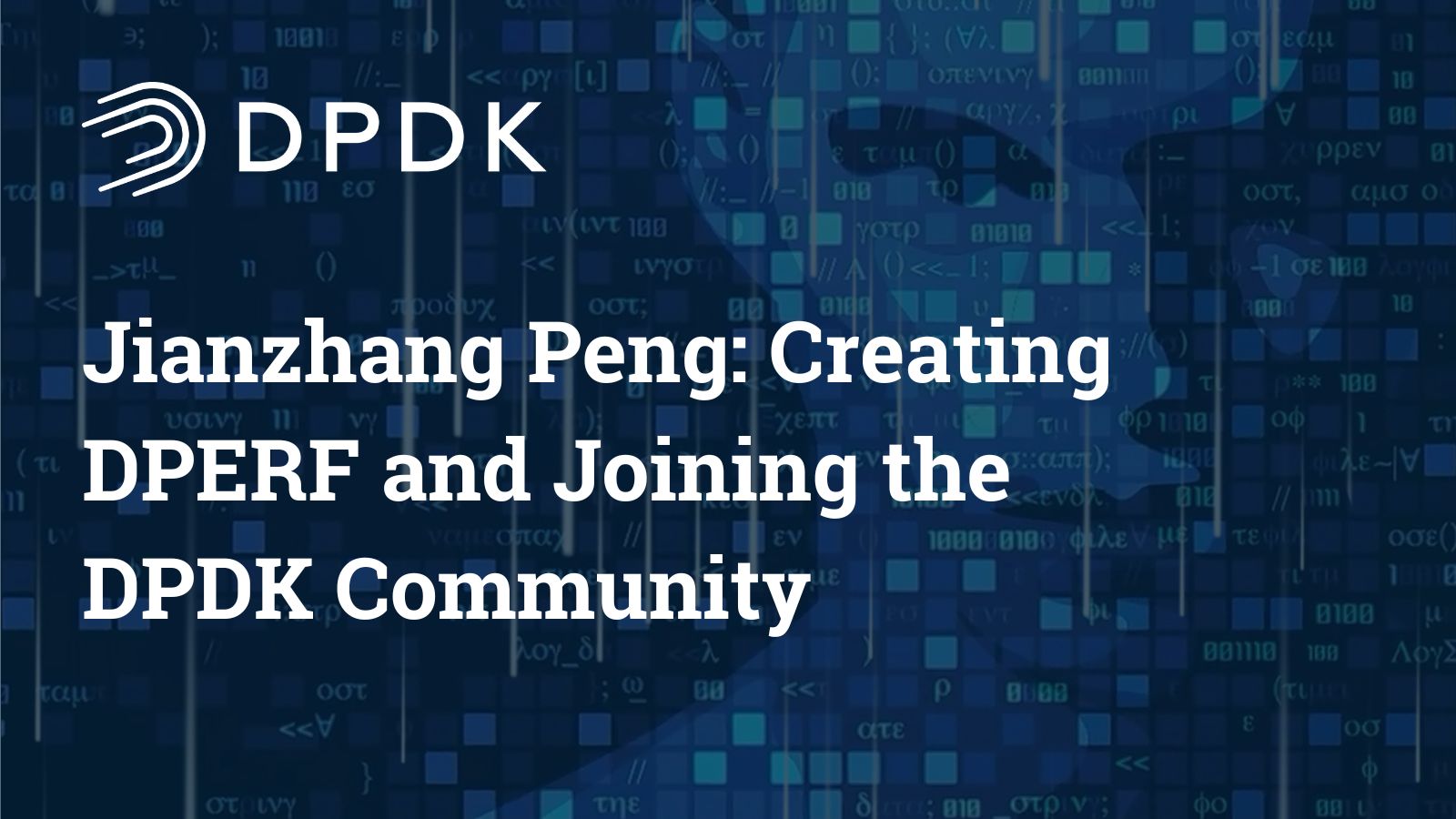
Jianzhang Peng: Creating DPERF and Joining the DPDK Community
Ben Thomas | User Stories | No CommentsIntroduction: How does a developer go from a fascination with programming to creating a leading open source project that reshapes network performance testing? Jianzhang Peng’s story begins as a developer…
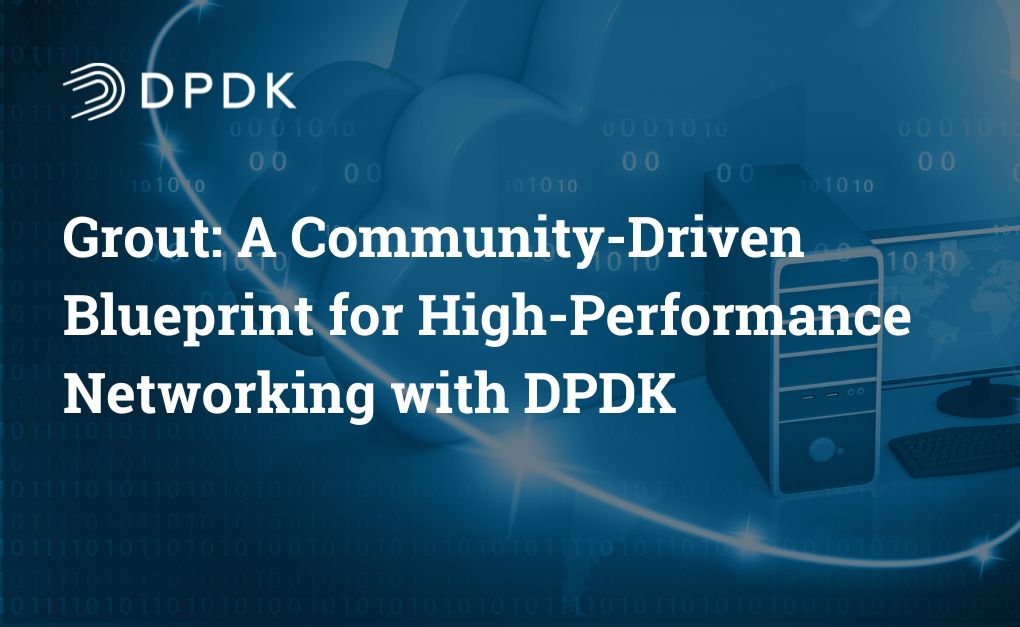
Grout: A Community-Driven Blueprint for High-Performance Networking with DPDK
Ben Thomas | User Stories | No CommentsIntroduction: Grout is an emerging open source project hosted under the DPDK community that aims to simplify high-performance networking and provide a reference application for building applications using DPDK. Spearheaded…
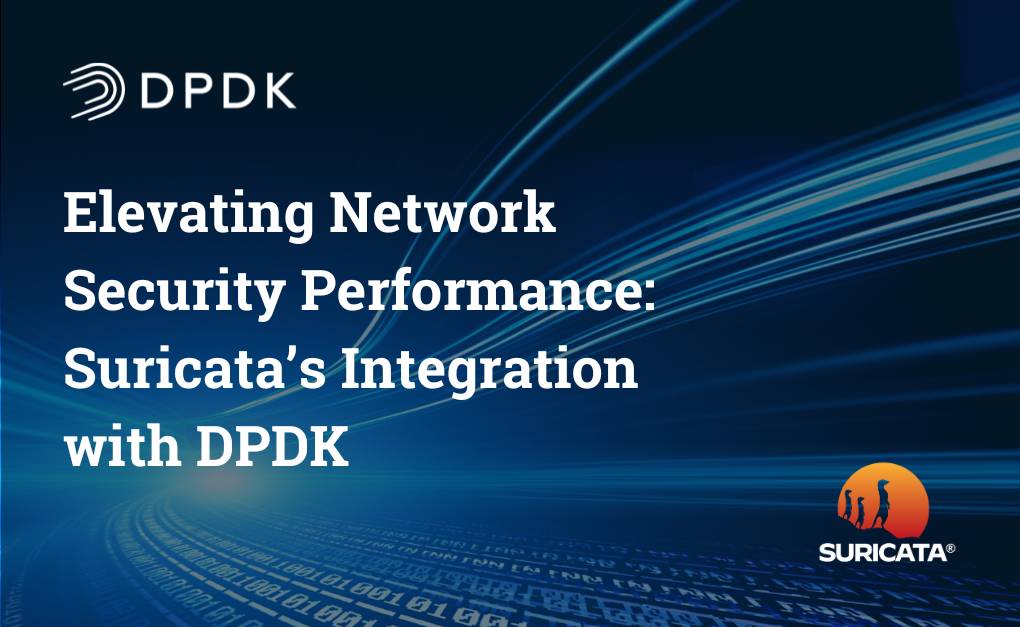
Elevating Network Security Performance: Suricata’s Integration with DPDK
Ben Thomas | User Stories | No CommentsIntroduction The demand for high-performance network security solutions is at an all-time high, as organizations constantly seek faster and more efficient ways to handle traffic, detect threats, and ensure real-time…
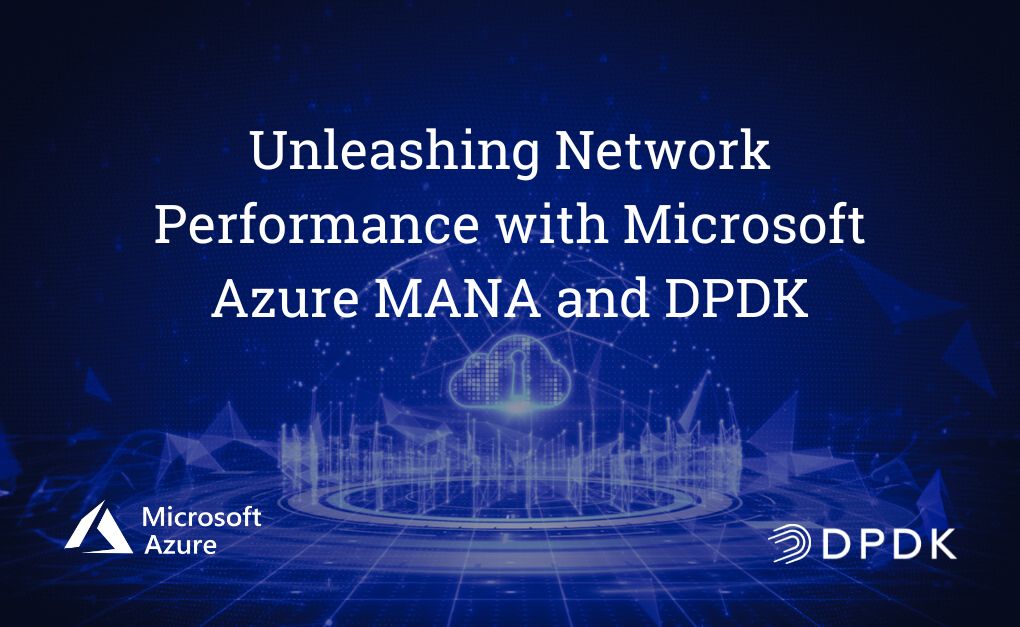
Unleashing Network Performance with Microsoft Azure MANA and DPDK
Ben Thomas | User Stories | No CommentsIntroduction In the modern cloud computing era, network performance and efficiency are paramount. Microsoft Azure has been at the forefront of this revolution, introducing innovative solutions like the Microsoft Azure…
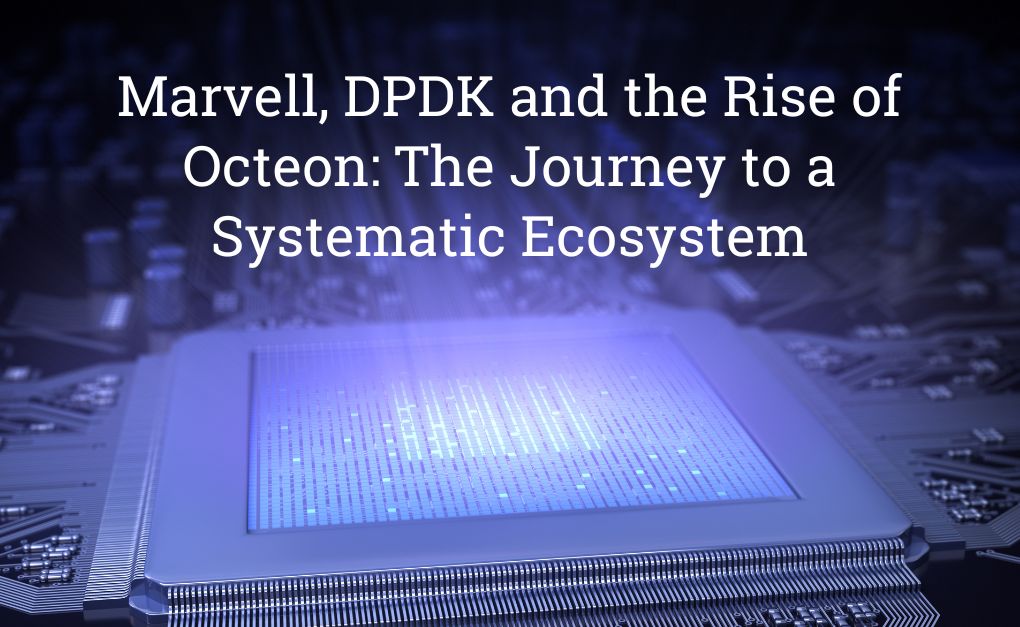
Marvell, DPDK and the Rise of Octeon: The Journey to a Systematic Ecosystem
Ben Thomas | User Stories | No CommentsIn the rapidly evolving landscape of silicon and networking technologies, providing robust and standardized support for hardware has become a paramount aspect of success. Marvell, a leading provider of silicon…

How Ericsson Leverages DPDK for Data Plane Acceleration in the Cloud
Ben Thomas | User Stories | No CommentsIntroduction In the fast-paced world of telecommunications, companies are constantly seeking solutions to address evolving challenges and meet the demands of their customers. Ericsson, a global leader in the industry,…

Enhancing DDos Mitigation with Gatekeeper & DPDK: A Practical Solution for Network Operators
Ben Thomas | User Stories | No CommentsAuthor: Michel Machado - michel@digirati.com.br Overview Originally developed at Boston University, Gatekeeper is the brainchild of researchers who looked at the state of distributed denial-of-service (DDoS) attacks and realized that…
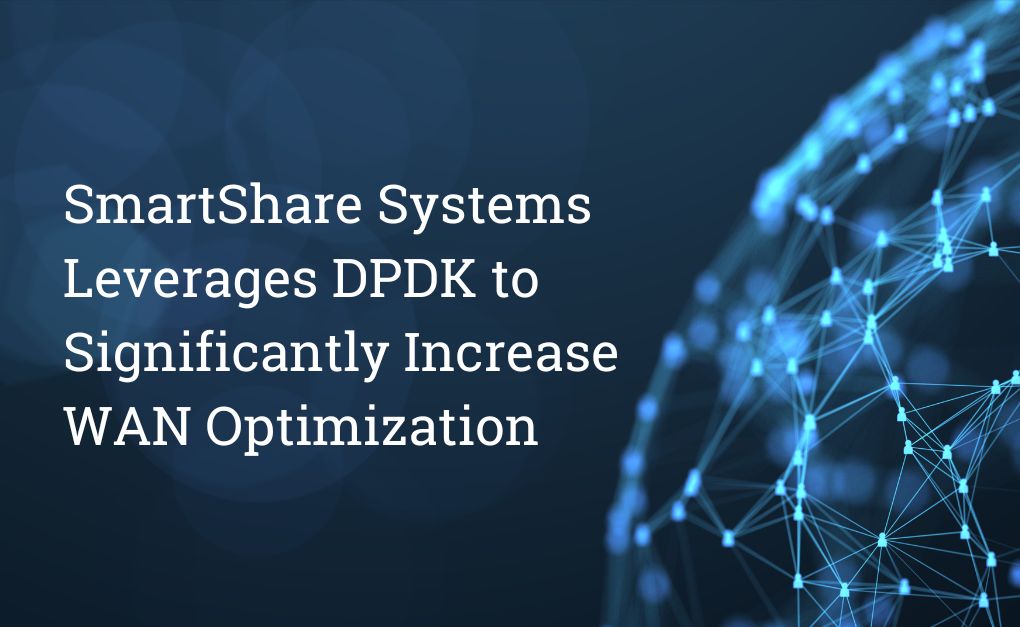
SmartShare Systems Leverages DPDK to Significantly Increase WAN Optimization
Ben Thomas | User Stories | No CommentsDownload pdf The Company / Product SmartShare Systems is a small privately held company founded in 2006 by Morten Brørup in Denmark. SmartShare Systems develops innovative network appliances and related…


